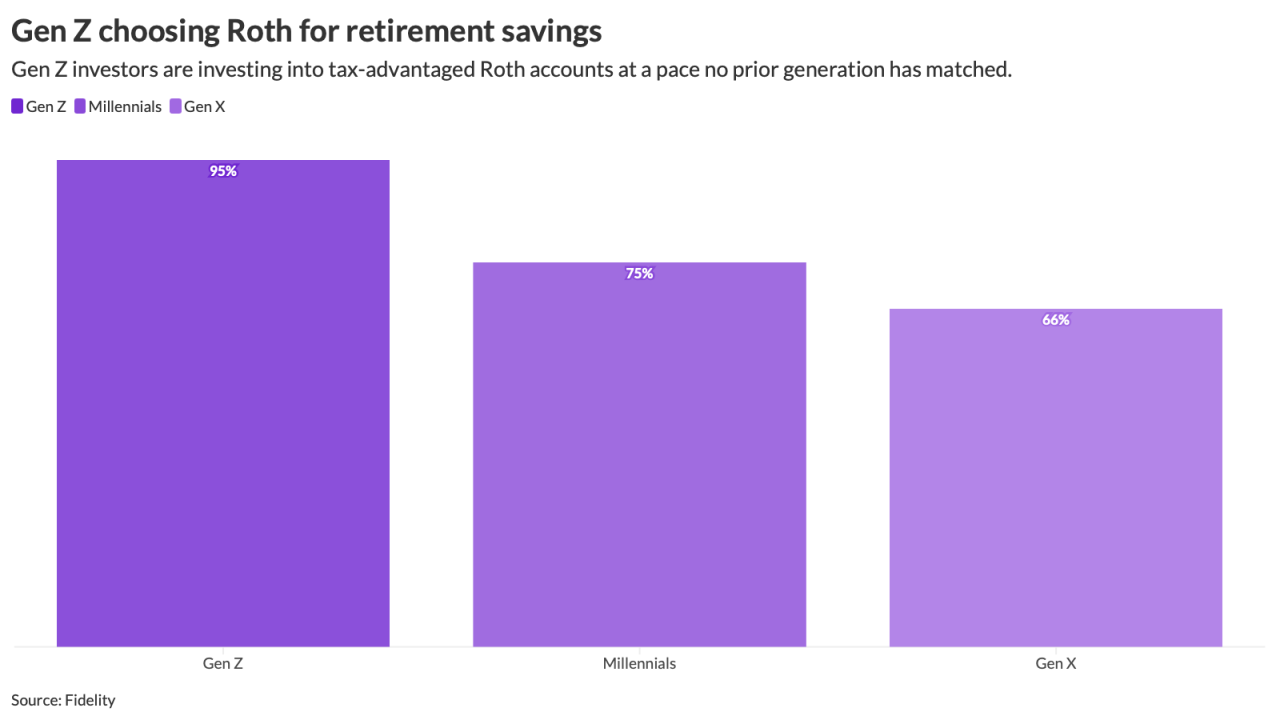On Jan. 5, the U.S. Department of Labor published a much-anticipated proposed rule that would make it easier for groups or associations of employers to band together to form association health plans. The new proposal carries obligations and important details for employers and benefit advisers who serve them.
For instance, a number of rules would apply to

Members may exercise control directly or indirectly through the election and appointment of directors or other representatives. An AHP could not exclude an employer from eligibility based on health factors. Nor could the AHP require an employer or its employees to pay a different premium or contribution based on health factors. Thus, an AHP could not exclude an employer based on the fact that an employee has a serious or chronic health condition and could not require the employer or employee to pay more based on the health condition.
Also see: “
The regulation of AHPs is colored by the fact that they constitute Multiple Employer Welfare Arrangements. Under ERISA, states have broad authority to apply their insurance laws to self-insured MEWAs.
Regulation authority
Many states regulate self-insured MEWAs like a commercial insurance company. State authority to regulate fully insured MEWAs, however, is much more limited. Under ERISA, states may not regulate fully insured MEWAs directly, except by establishing reserve and contribution levels to ensure the solvency of the MEWA.
Nevertheless, states are free to regulate the insurance provided to a fully insured MEWA. Thus, for example, a fully insured MEWA is subject to the same state benefit mandates that apply to other insured plans.
Although the DOL has never done so,
Employers interested in forming an AHP need to look at the details before setting up such a plan.





